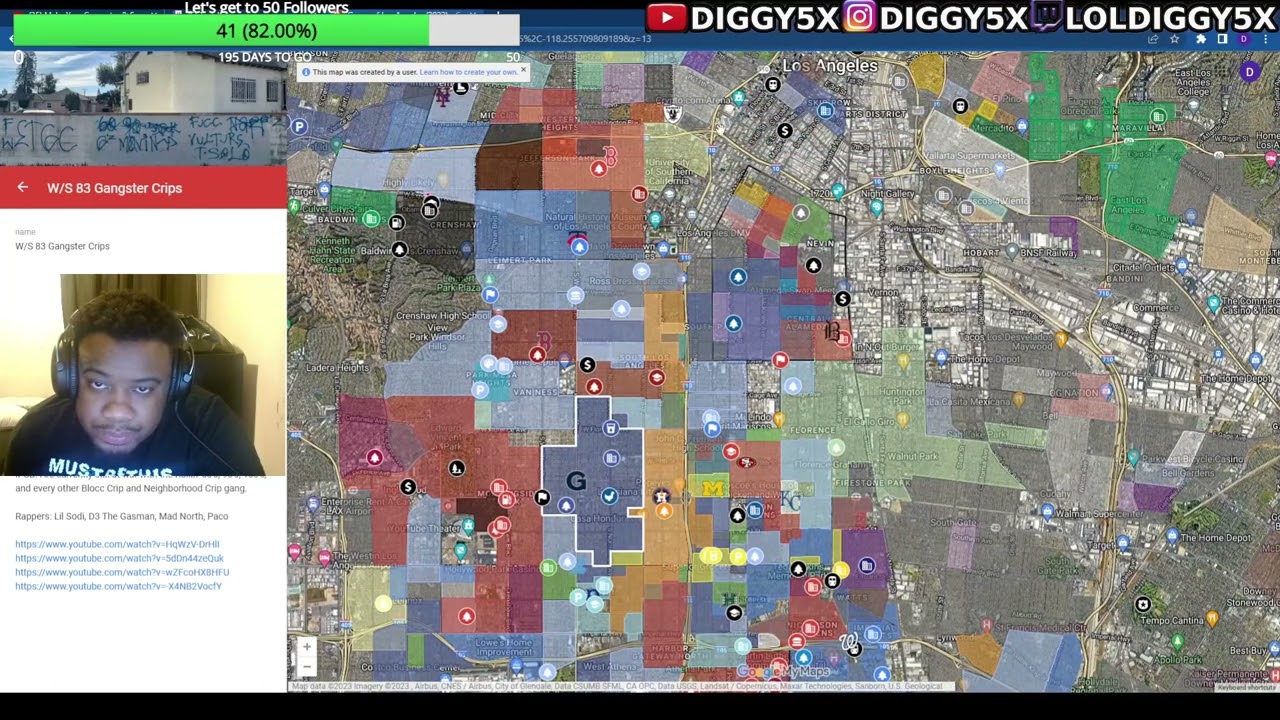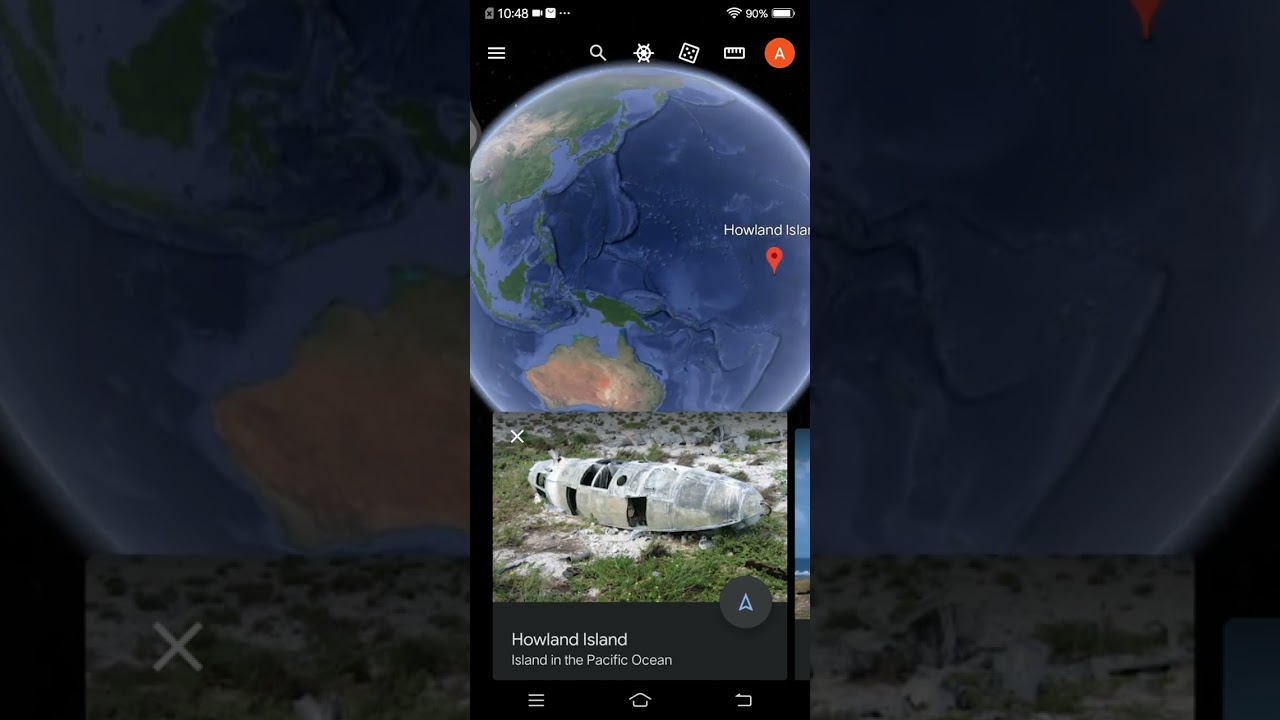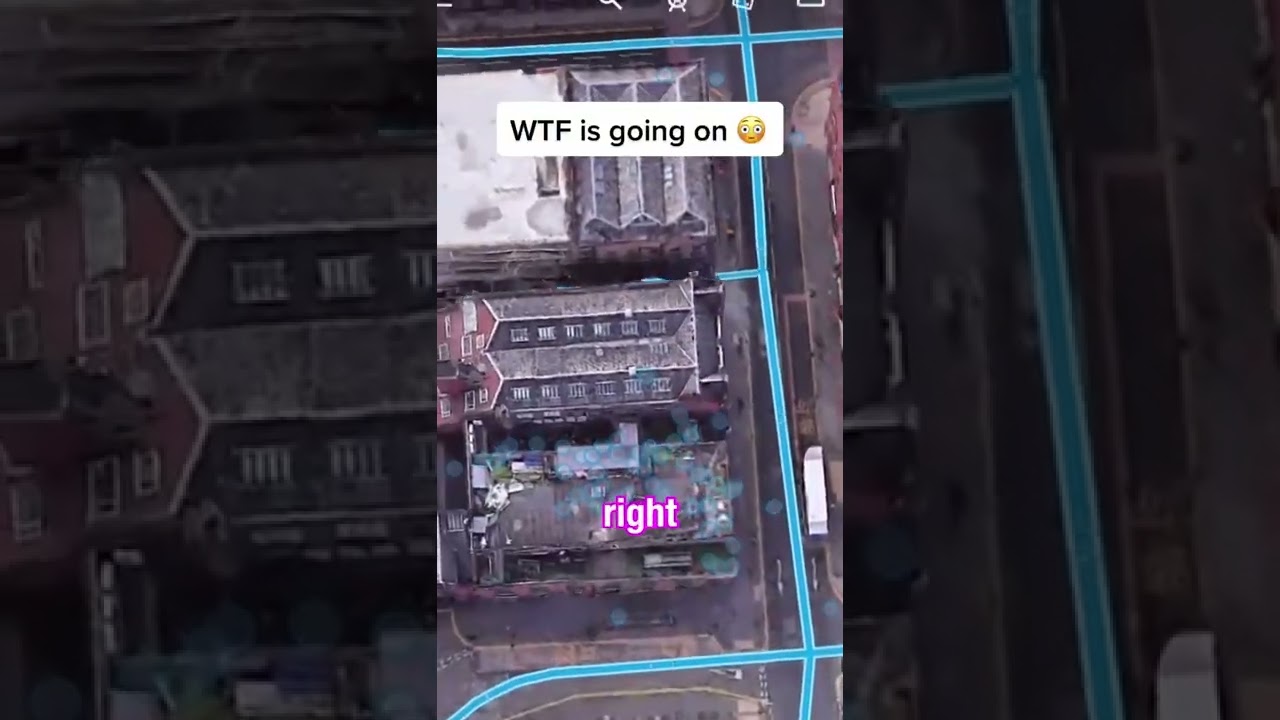Exploring google maps gang territories: a guide to urban landscape and community safety

As we navigate the intricacies of urban living, the utilization of mapping technologies has revolutionized our understanding of cities. One particular tool that has gained immense popularity for exploring **urban territories** is Google Maps. This digital platform provides not just navigation but also insights into **local cultures** and community dynamics. In this article, we will delve into the concept of exploring urban landscapes, particularly focusing on **community safety**, cultural territories, and the intricacies involved in understanding the sociological aspects of neighborhoods.
Understanding Community Safety Through Digital Landscapes
Community safety is a multifaceted issue that is vital for the well-being and cohesion of neighborhoods. Utilizing digital tools such as Google Maps allows residents and visitors to navigate these landscapes with greater awareness and understanding.
The Role of Technology in Assessing Safety
With features like **street view**, Google Maps offers a unique perspective of the urban terrain, enabling users to assess their surroundings visually. By virtually “walking” through streets, one can gather vital information on the infrastructural elements that contribute to safety, such as:
- **Adequate street lighting**
- Presence of **security cameras**
- Well-maintained **public spaces**
- Visible **community engagement** initiatives
Such attributes not only reflect how safe a neighborhood might be but also inform residents about areas they should traverse with caution. Engaging with these visual tools raises awareness and fosters a sense of community vigilance.
Mapping Crime Data and Safety Trends
Understanding **crime patterns** through data visualizations available online can significantly affect how we perceive safety in urban areas. Several platforms provide data layers that can be overlaid on mapping services, revealing information about:
- **Incident reports**
- **Crime hotspots**
- Historical trends of safety or danger in various neighborhoods
This data can serve as a catalyst for community discussions and efforts to enhance **public safety programs** and initiatives.
Unveiling Cultural Territories through Mapping Tools
Urban areas are not merely composed of brick and mortar; they are vibrant ecosystems woven together by the **diverse cultures** that inhabit them. Google Maps serves as a lens through which we can appreciate the rich tapestry of local communities.
Identifying Cultural Landmarks
One of the profound aspects of using mapping technologies is the ability to discover **cultural landmarks** that define a neighborhood. These landmarks often include historic buildings, museums, parks, and community centers that reflect the local history and identity. Notable features to look for when using Google Maps include:
- **Art installations** and murals that narrate community stories
- **Festivals** and events that are promoted through local businesses
- Places of **worship** that may signal the area’s primary cultural demographics
By recognizing these cultural markers, users can foster an appreciation for the diversity within urban settings, thus enriching their exploration experience.
Engaging with Local Communities Digitally
The digitization of urban exploration has enabled wider engagement with local communities beyond **just physical presence**. By using social media in conjunction with services like Google Maps, individuals can bridge the gap between physical territories and digital interactions.
With platforms like Instagram, Facebook, and Twitter, people can share their experiences and perspectives on various neighborhoods. These interactions paint a broader picture of what **living** in a certain area entails:
- **Real-time updates** about local events
- Insights into **neighborhood dynamics** through shared photos and posts
- Enhancing community rapport through engaging **online conversations**
Such dialogues contribute to forging connections between individuals and the cultural fabric of their surroundings, transcending geographical boundaries.
The Importance of Local Businesses and Safety
Local businesses serve as the heartbeat of urban communities, playing a significant role in both their economic viability and overall safety. This is where Google Maps can provide users with valuable insights into the business environments of specific neighborhoods.
Business Reviews and Community Feedback
Customer reviews on Google Maps can significantly impact the perceived and actual safety of an area. The presence of thriving local businesses often correlates with lower crime rates, as they foster community interaction and ownership among residents. Look for:
- **Positive community feedback** on businesses
- **Vibrant local commerce** that shows community support
- Trends in **business opening** and closures
Engaging with and supporting local businesses not only enhances the economic landscape but also contributes to a stronger sense of community, ultimately leading to safer environments.
Establishing Safe Business Practices
Additionally, understanding how businesses maintain safety can be quite enlightening. For example, establishments that promote initiatives such as:
- **Neighborhood watch programs**
- **Community clean-up days**
- **Safety workshops** for local residents
…can inspire personal investments in community welfare, shaping safer surroundings for everyone.
The Future of Urban Exploration with Technology
With the rapid advancement of technology, the way we explore urban landscapes will continue to evolve. **Augmented Reality (AR)** and **Virtual Reality (VR)** technologies are already making waves in enhancing our experience of urban territories, allowing for even deeper insights into community dynamics.
Integrating AR and VR with Mapping Services
Imagine utilizing AR apps that allow urban explorers to view historical landmarks overlaid with information as they walk by, or using VR to experience a neighborhood’s atmosphere without being physically present. These technologies provide unmatched opportunities for:
- **Educational exploration** of communities
- Enhanced **safety training** for residents and visitors
- Immersive experiences that engage people with local cultures and histories
As we integrate these technologies into our daily lives, the possibilities for safe, engaging urban exploration seem limitless. Understanding cities through a digital lens not only enhances **personal safety** but also fosters a greater appreciation for the communities that shape our urban environments.






